HAROLD COUSINS (1916 - 1992) Composition . Welded and patinated steel, mounted on a black marble base, 1961. Approximately 457x152x76 mm; 18x6x3 inches. 600 mm; 23 5/8 inches high, including the base. Incised "H. Cousins, Paris, 1961" on verso. Provenance: private collection, France. This striking, modern sculpture comes from an important body of work the artist made in Paris. In New York, Cousins studied under William Zorach Will Barnet and Reginald Marsh at the Art Students League, where he also met his wife Peggy Thomas. The couple moved to Paris in October 1949, where he first studied with Ossip Zadkine and became close friends with Karel Appel But it wasn't until he had befriended the sculptor Shinkichi Tajiri and learned to weld steel with oxygen-acetylene that his work became completely abstract. The artist assembled metal rod formations in the early 1950s, which he called "forests," free-standing groupings of linear and flattened forms. This series brought him his first critical success in Paris. He then began to add the metal plates or plaitons in 1957. In 1996, many of these early works were included in the Studio Museum in Harlem's traveling exhibition Explorations in the City of Light: African-American Artists in Paris, 1945-1965 . Mercer pp. 62-63.
HAROLD COUSINS (1916 - 1992) Composition . Welded and patinated steel, mounted on a black marble base, 1961. Approximately 457x152x76 mm; 18x6x3 inches. 600 mm; 23 5/8 inches high, including the base. Incised "H. Cousins, Paris, 1961" on verso. Provenance: private collection, France. This striking, modern sculpture comes from an important body of work the artist made in Paris. In New York, Cousins studied under William Zorach Will Barnet and Reginald Marsh at the Art Students League, where he also met his wife Peggy Thomas. The couple moved to Paris in October 1949, where he first studied with Ossip Zadkine and became close friends with Karel Appel But it wasn't until he had befriended the sculptor Shinkichi Tajiri and learned to weld steel with oxygen-acetylene that his work became completely abstract. The artist assembled metal rod formations in the early 1950s, which he called "forests," free-standing groupings of linear and flattened forms. This series brought him his first critical success in Paris. He then began to add the metal plates or plaitons in 1957. In 1996, many of these early works were included in the Studio Museum in Harlem's traveling exhibition Explorations in the City of Light: African-American Artists in Paris, 1945-1965 . Mercer pp. 62-63.
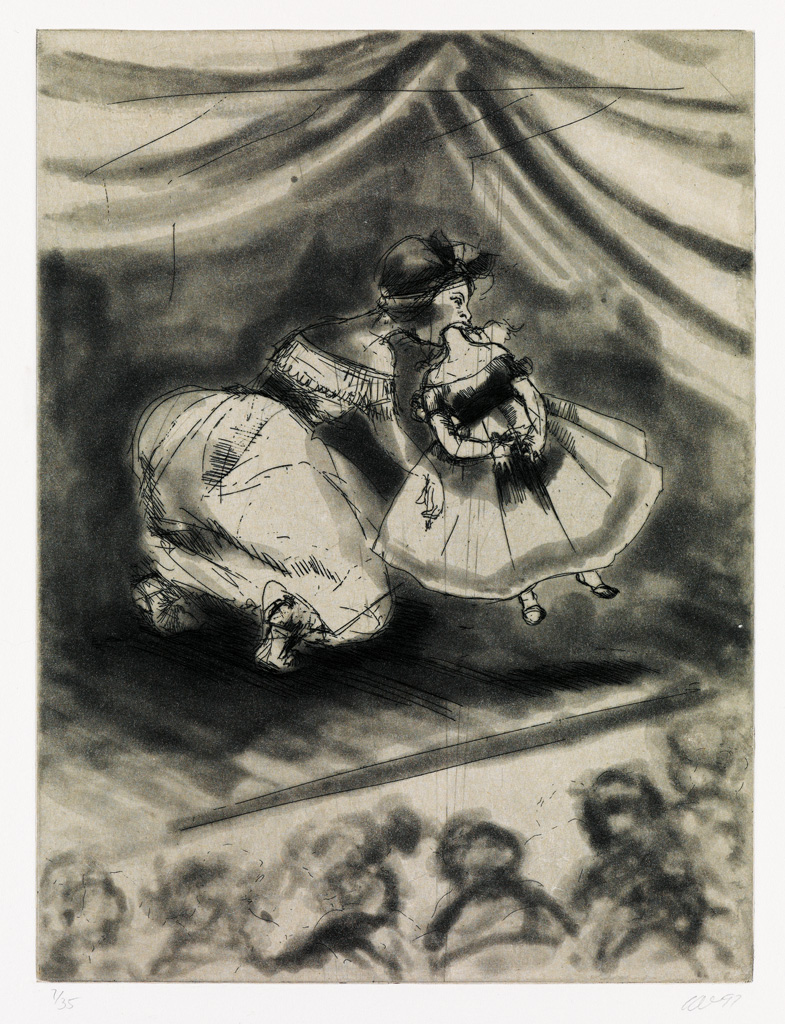

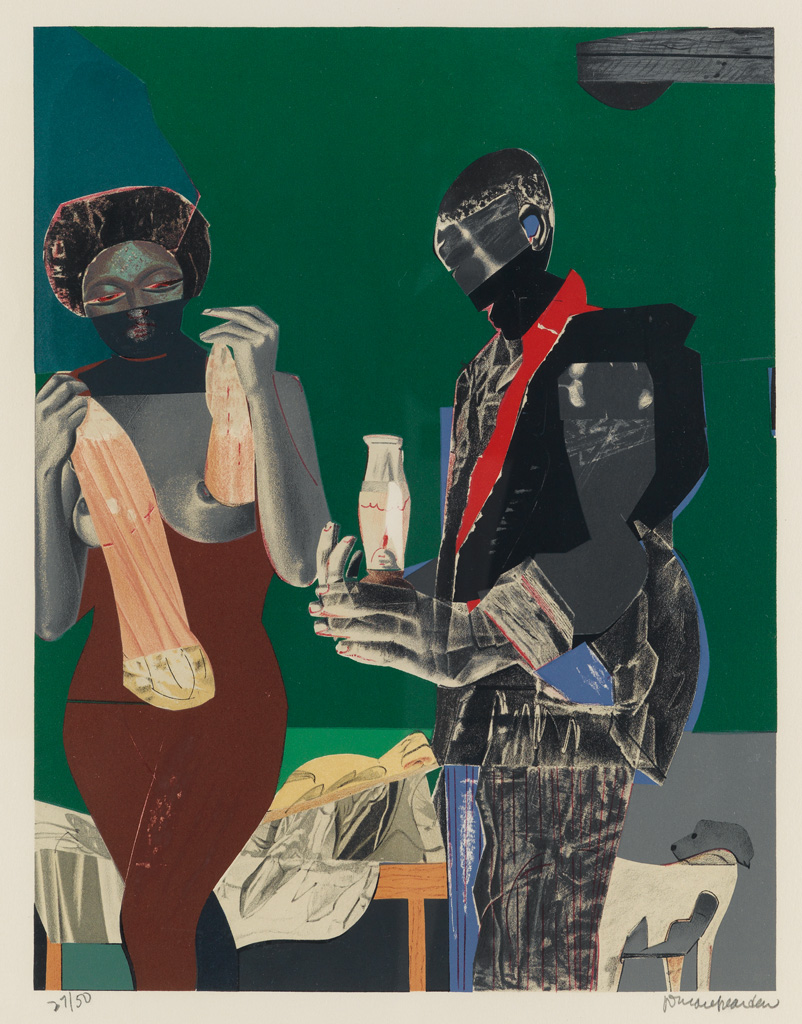
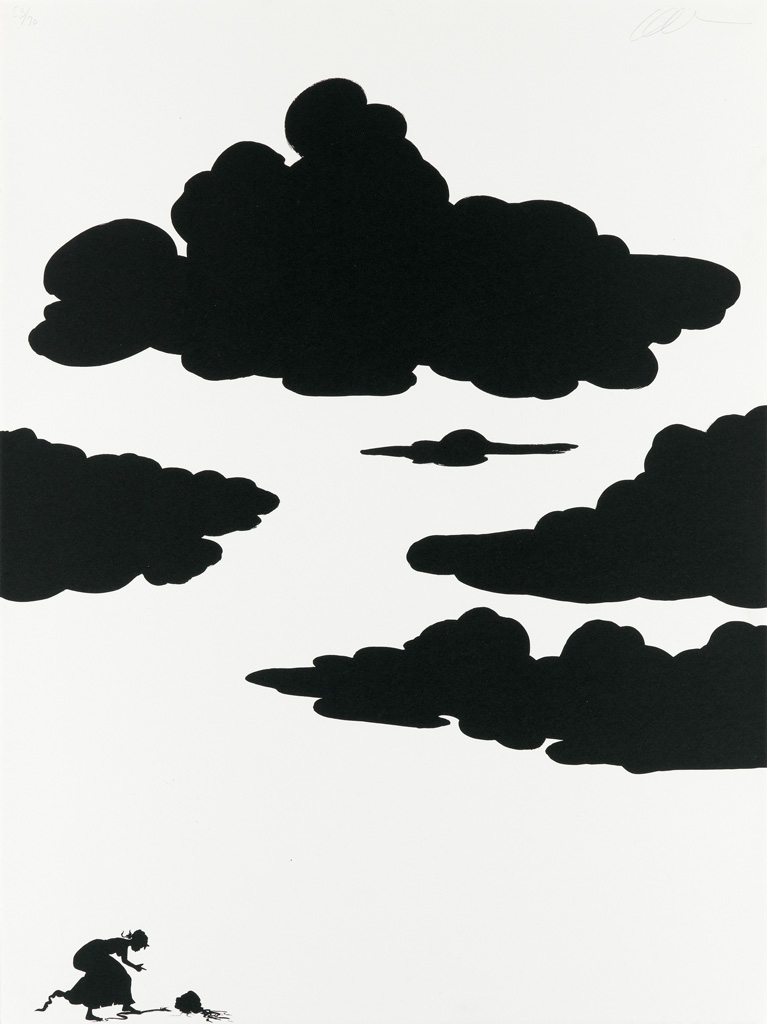
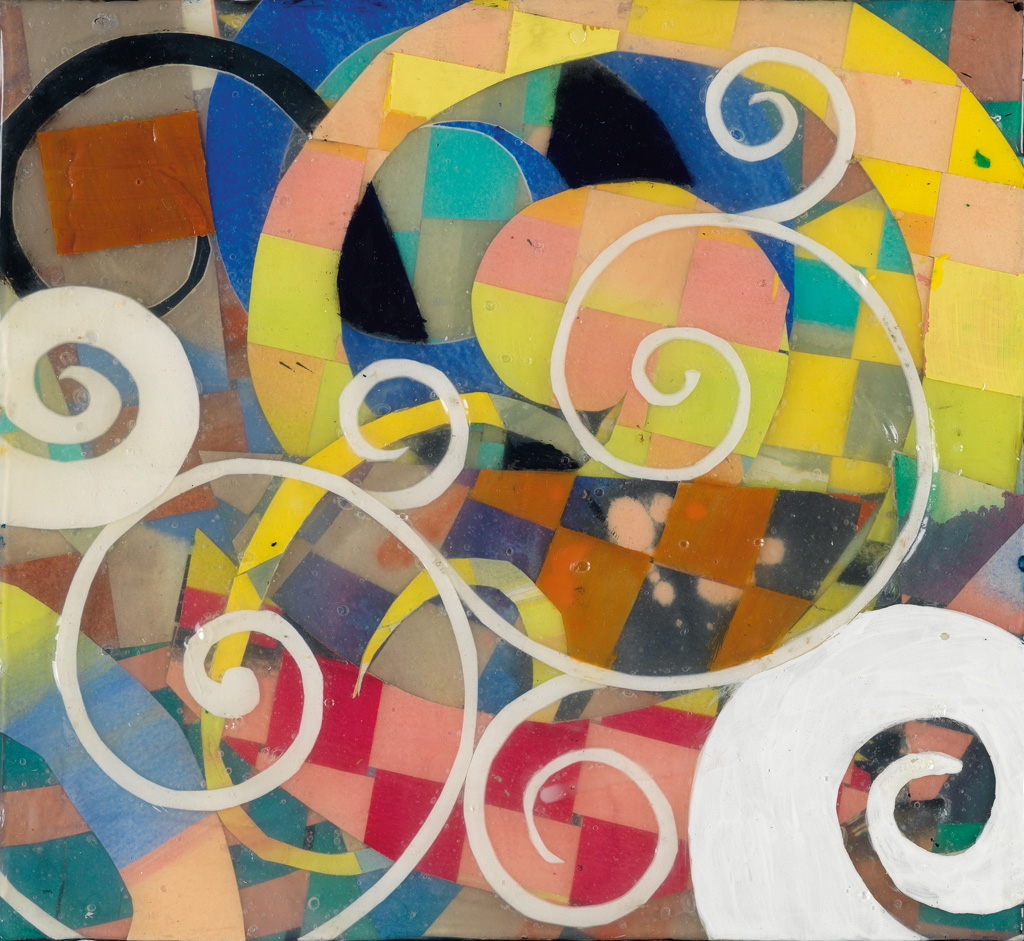
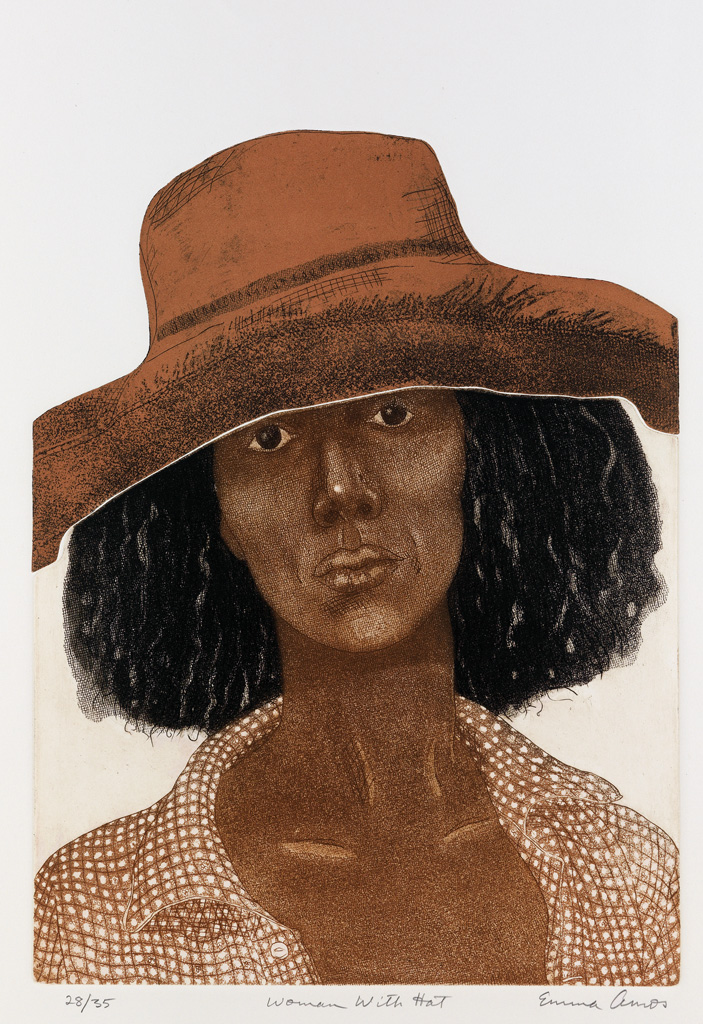
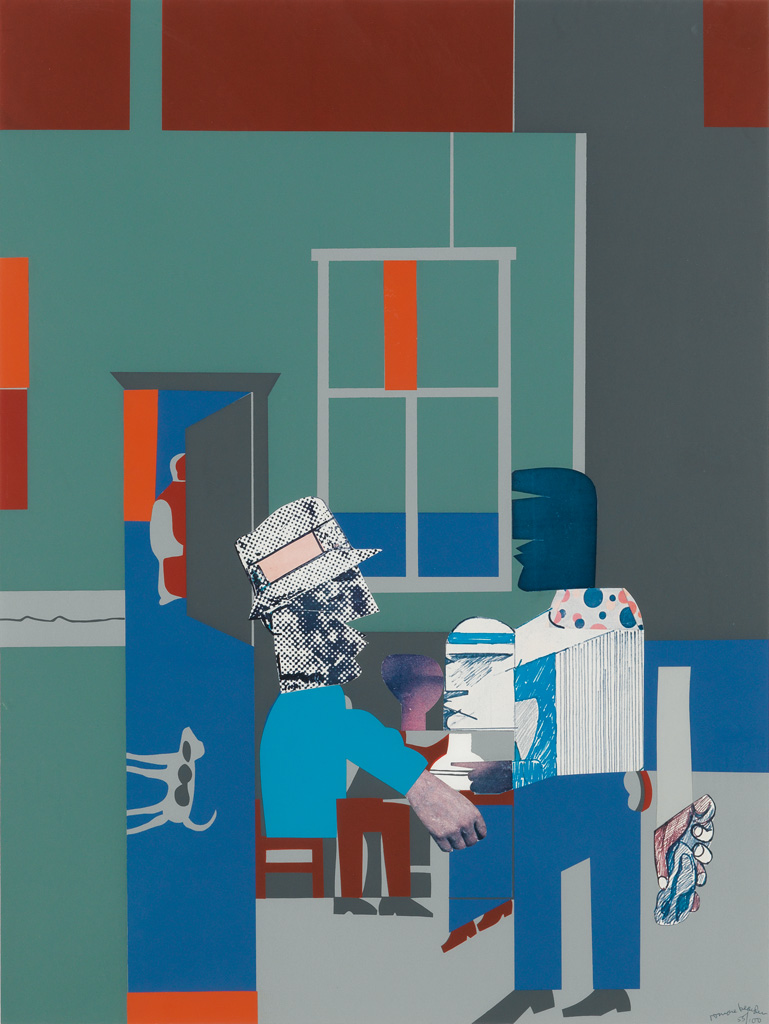
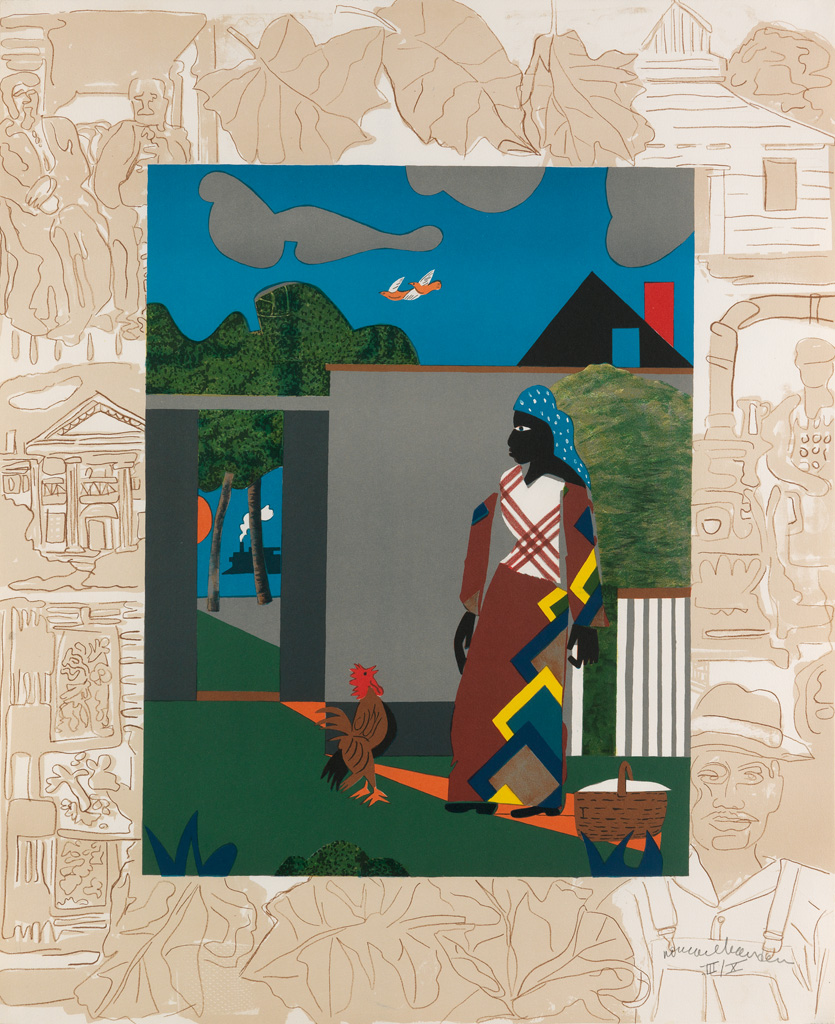
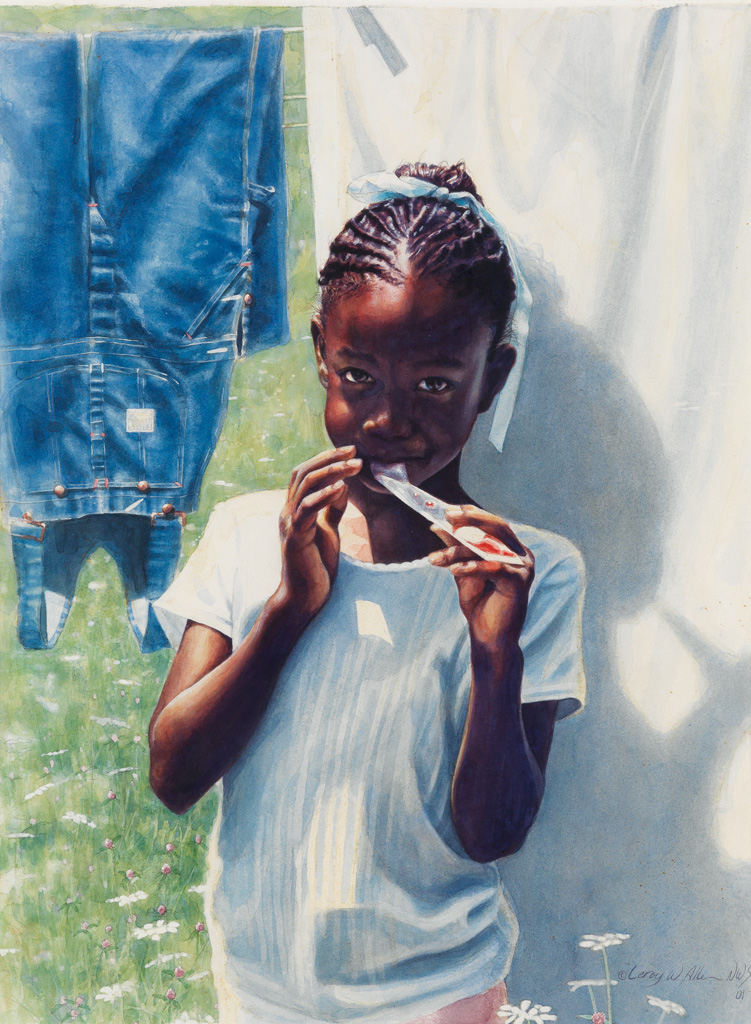
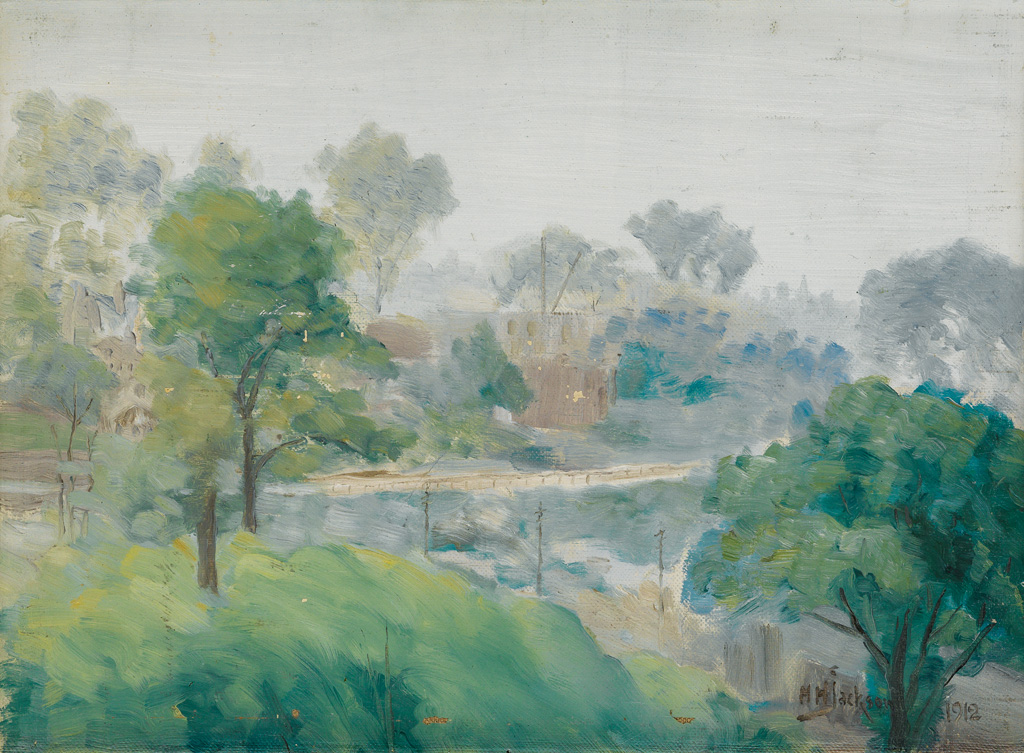
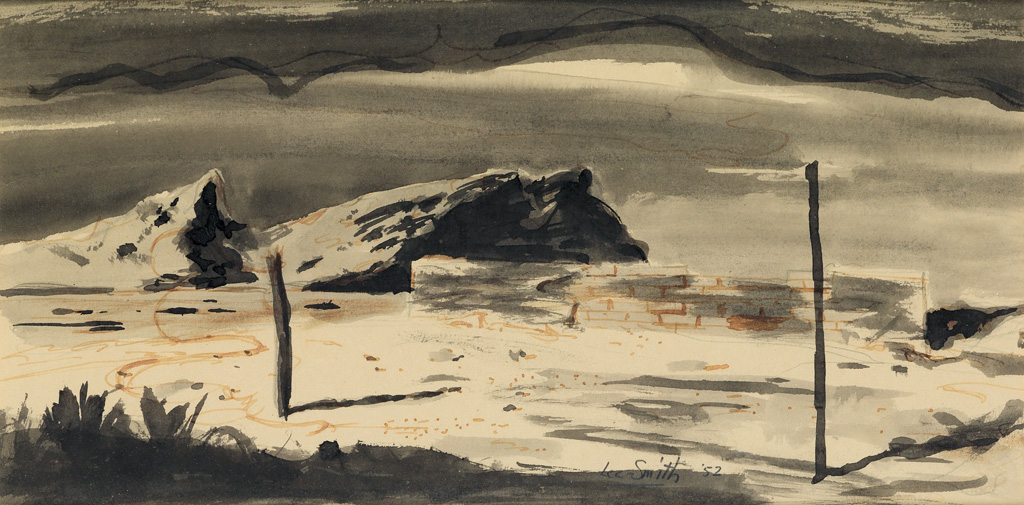
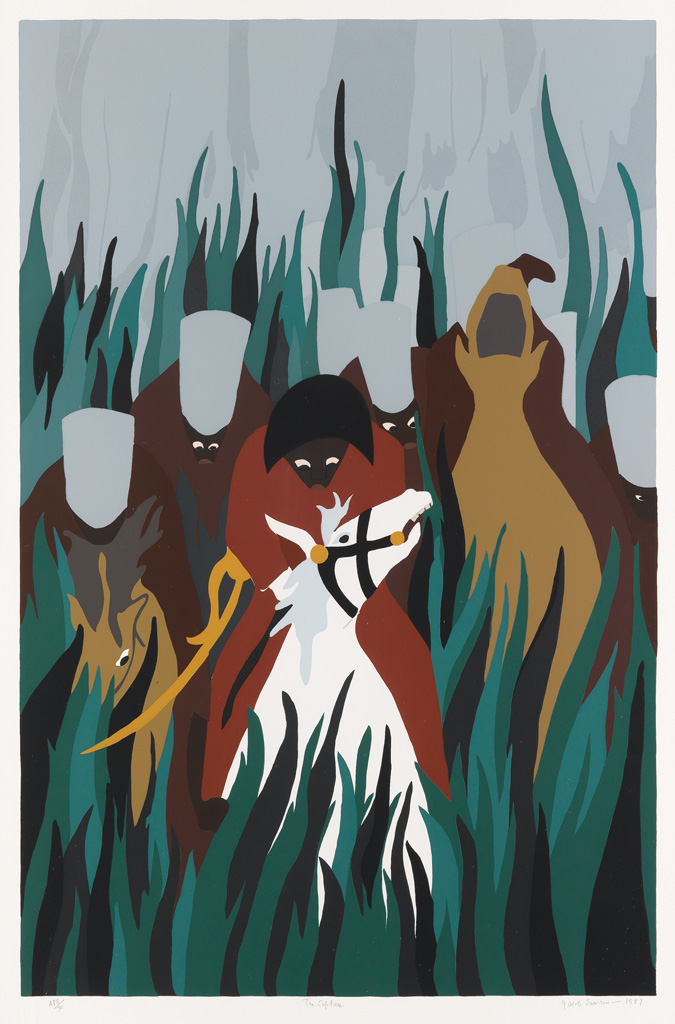
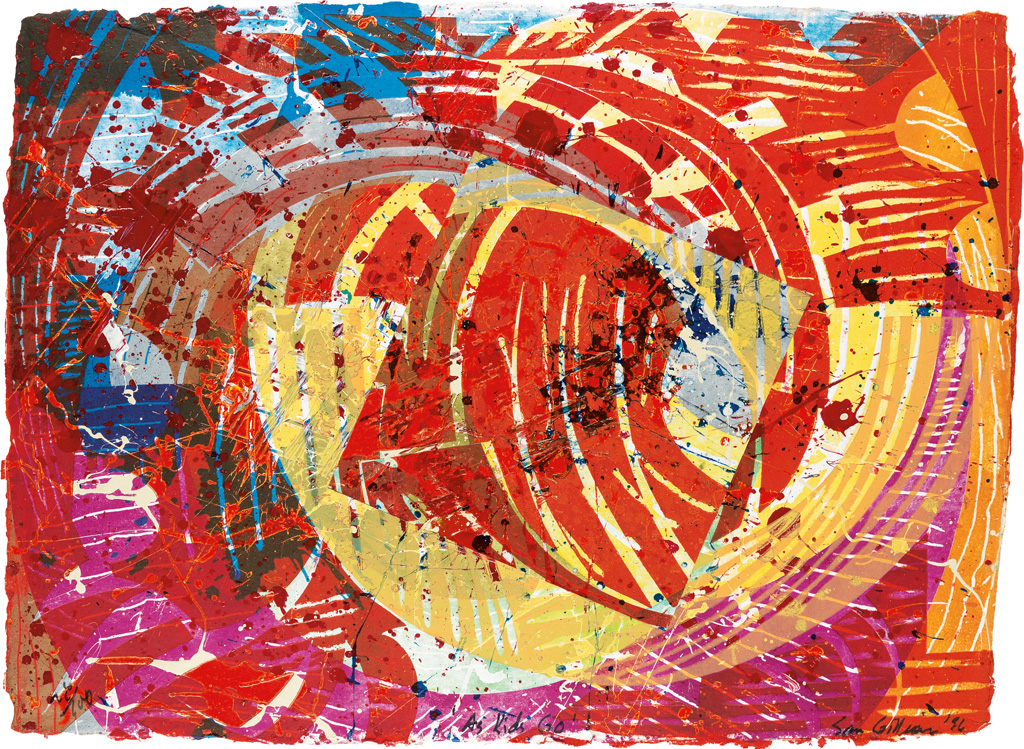
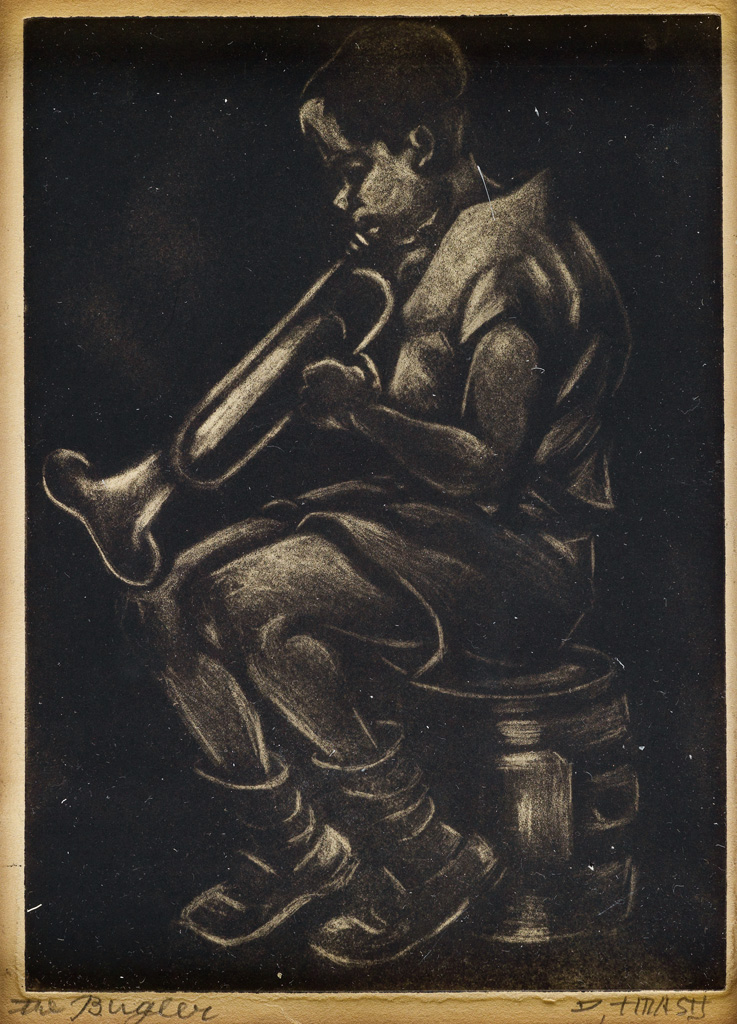
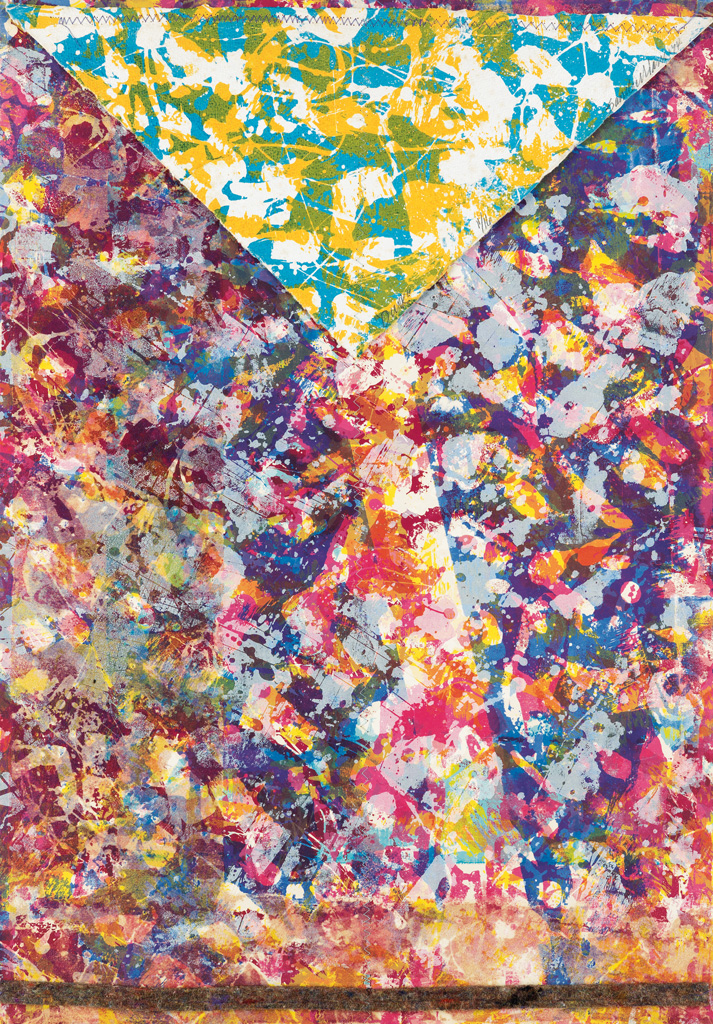
Try LotSearch and its premium features for 7 days - without any costs!
Be notified automatically about new items in upcoming auctions.
Create an alert